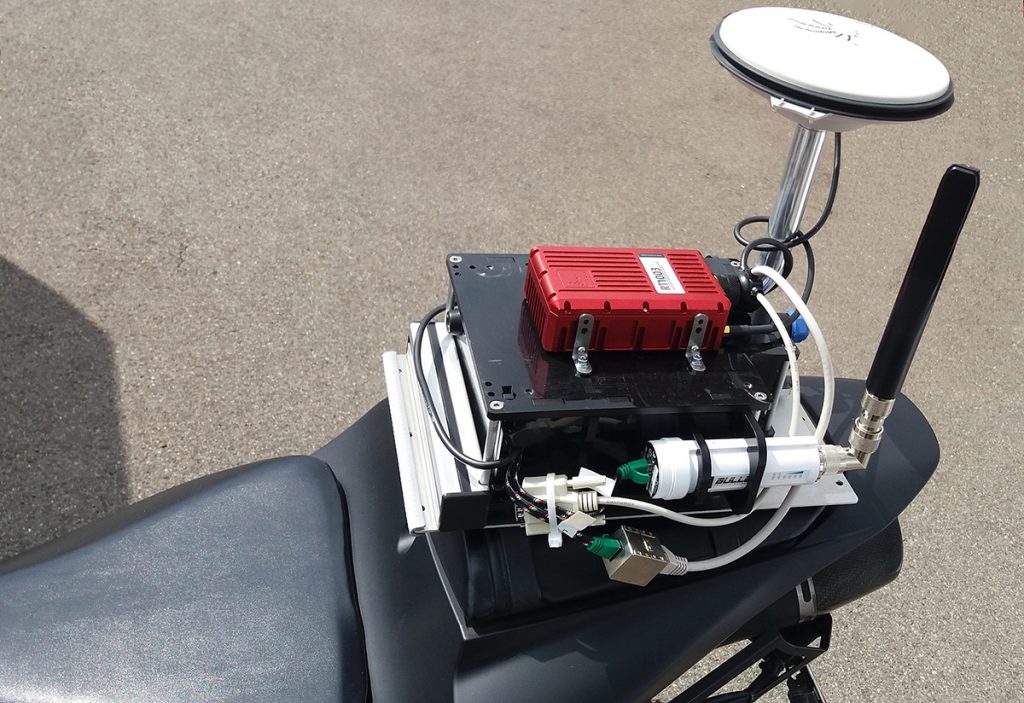
| 차량 계측 센서/시스템 | 자율주행/ADAS 개발 솔루션 | 차량 시험 컨설팅 및 리웍 |

| Model | RT1003 v2 |
|---|---|
| Positioning | · GPS L1, L2 · GLONASS L1, L2 (option)· BeiDou B1, B2 Galileo E1, E5 |
| Positioning accuracy | 1.6m SPS / 0.02m RTK |
| Velocity accuracy | 0.1km/h |
| Roll / Pitch accuracy | 0.05˚ |
| Yaw rate (2) | 0.1˚/s |
| Heading accuracy(3) | 0.1˚ |
| Slip angle accuracy | 0.25° |
| GNSS-denied position drift without | ·WSS (4) < 0.5m ·10s < 20m ·60s < 500m ·240s |
| GGNSS-denied position drift with | ·WSS (4)(5) < 0.4m ·10s < 5m ·60s < 20m ·240s |
| Measurement rate | · 100Hz · 250Hz |
| Dual antenna | Yes |
| PTP capable | Yes |
| Dimensions | 142mm x 77mm x 41mm |
| Weight | 435g |
| Environmental protection | IP65 |
| Input voltage | 10 - 31V |
| Operating temperature | -40˚C to +70˚C |
| Vibration | 10-500 Hz 1.42 g RMS |
| Shock survival | 15 g, 11 ms |
| Internal storage | 32GB |
| Interfaces | Ethernet, Serial RS232, CAN |